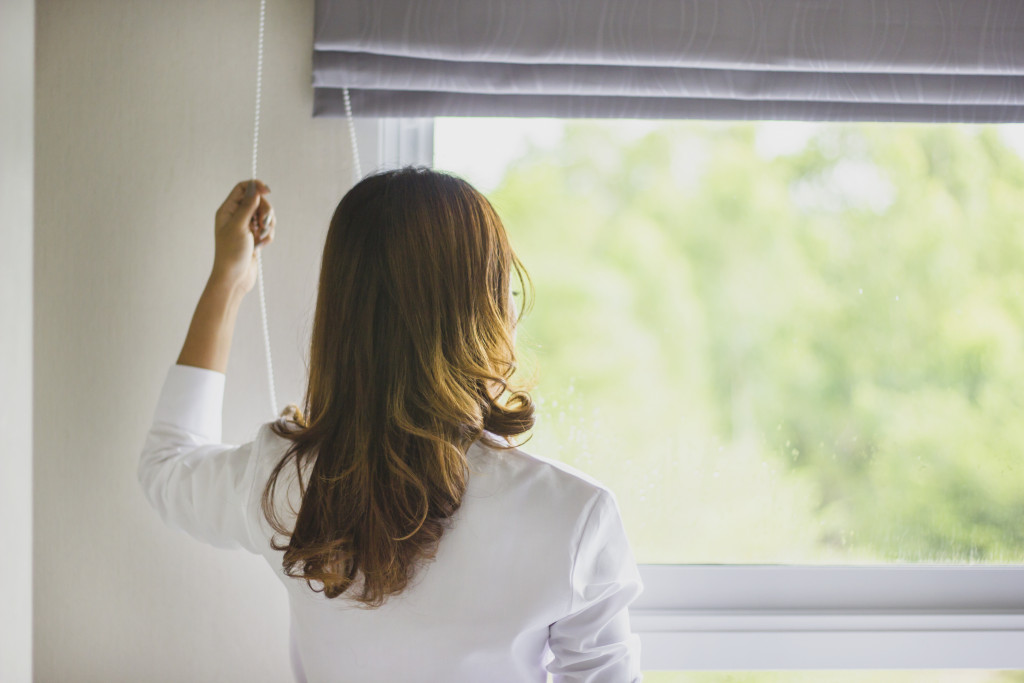For those who live in cities and urban sprawls, modern living can feel hectic, relentless, and demanding. Despite the glam and convenience of city living, urban dwellers still yearn for quiet spaces to escape from the hustle and bustle of daily life.
The work-from-home trend during the COVID-19 pandemic further amplified peoples’ longing to restore balance into their everyday lives. They’re now looking for homes free from noises and distractions for their much-needed relaxation from the pressures of remote working.
With no place to go, our homes became our sanctuaries and gardens became our only connection in the outside world. Home gardening also became a thing, as homeowners fill their homes with greenery to de-stress and beautify their spaces. Some even go to extremes by installing privacy fence systems to make their backyards a true masterpiece.
Aside from home gardens, slow home designs are a new emerging trend in home living. The slow design movement relates to making our homes easy to maintain, more efficient, and better for our health and well-being. In this article, we’ll take a good look at the concept and principles behind the slow home design and how you can incorporate it into your living space.
What is a slow home design?
Slow home design refers to homes that are practical, functional, and sustainable. It focuses on keeping in touch with nature and enhancing individual wellness and quality of life. Slow living started as a novel concept that first appeared in independent lifestyle magazines as a solution to stress-ridden lives. A decade later, slow home designs are becoming a major trend.
This design trend took its cue from the slow food movement in 1986 that calls out the fast-food industry’s harmful farming techniques, unhealthy ingredients, and quick food preparation and consumption. Over many decades, the slow movement branched out by invading other lifestyle elements, such as shopping, travel, cities, and more recently, home design.
Slow home design is all about doing everything at the right speed. It centers on the rediscovery of old materials and traditional techniques and a strong emphasis on the environment.
Most people think slow homes are all about decorations. In reality, a slow home is a philosophy that considers the principles of quality and thoughtfulness to well-proportioned designs and spaces. It seeks to adapt to the daily needs of the dweller while focusing on natural light, minimal wasted space, and a strong connection to nature.
One of the basic principles of a slow home is to consume less, from the painting, decoration, furniture, and other design and construction elements. It also considers ‘localization’ by patronizing local merchants and buying from locally-made furniture stores.
The benefits of slow home designs

Most people assume a slow home refers to a slower design process. While it follows a lengthy design procedure, slow homes focus on an expanded state of accountability, awareness, and providing enriching experiences for the individual and communities.
Promoting slowness in contemplation, research, and design will allow the architect or the designer to consider the health, well-being, lifestyle, and other important factors to achieve the desired design outcome of the homeowner.
A slow home has a significant impact on environmental, individual, and socio-cultural well-being. It encourages the individual to take time in doing things while being environmentally responsible and deriving pleasure from the space itself. More importantly, slow homes highlight slow, thoughtful, and methodological creation and usage of products to overcome fast-paced lifestyles.
Incorporating slow design into your home
Designing a home is expensive, but applying slow design techniques allows you to build the interior at a longer pace and spread out the budget costs of the decors and furniture. This approach is a great way to budget effectively and do things at a convenient pace instead of doing it at the same time and regretting everything later on.
The next step is to familiarize yourself with your space and working out how to maximize every room and space in the house. When it comes to windows, take advantage of the sun by letting in as much light as possible. The last thing you need are curtains blocking out light. You can also make the entryways more functional, by adding hooks, bench, and baskets for outdoor essentials.
For the kitchen, organize it to accommodate all healthy foods and meals. Add a shelf or windowsill in the kitchen window to grow your own herbs or a tiny edible garden. When adding furniture around the house, make sure it’s sustainably harvested, eco-friendly, and durable to slow down the wear and tear process.
Applying slow design in your home may not look exactly the same as home catalogs, but it’s all about making it personal and comfortable. If you want to achieve slow, intentional living, then a slow home is a good way to spruce up your space.

